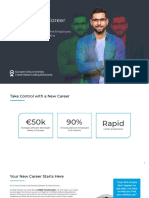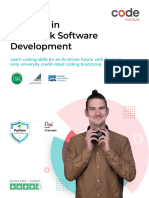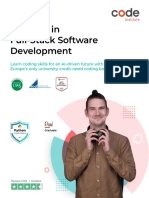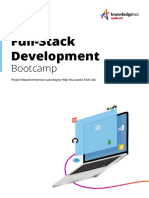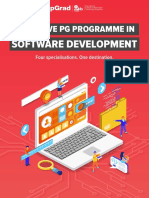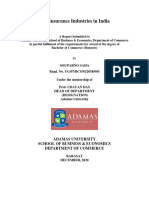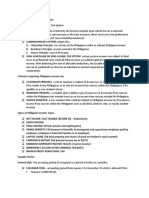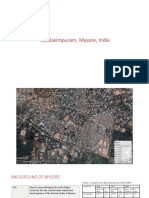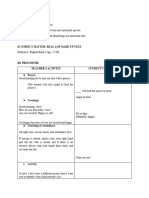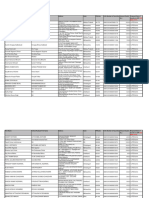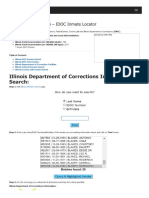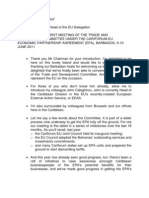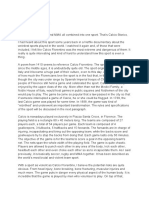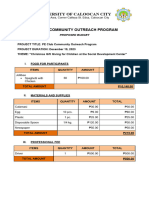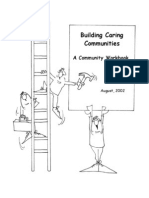0% found this document useful (0 votes)
11 views13 pagesProgram Structure Breakdown PDF
The document outlines a program structure aimed at addressing six key challenges faced by students, including skill mismatches and the need for hands-on experience. It details a phased approach to student development, covering onboarding, soft skills, technical training, project simulations, and final evaluations. Additionally, it emphasizes ongoing mentorship and post-program career support to facilitate successful transitions into the job market.
Uploaded by
niravkawa120Copyright
© © All Rights Reserved
We take content rights seriously. If you suspect this is your content, claim it here.
Available Formats
Download as PDF, TXT or read online on Scribd
0% found this document useful (0 votes)
11 views13 pagesProgram Structure Breakdown PDF
The document outlines a program structure aimed at addressing six key challenges faced by students, including skill mismatches and the need for hands-on experience. It details a phased approach to student development, covering onboarding, soft skills, technical training, project simulations, and final evaluations. Additionally, it emphasizes ongoing mentorship and post-program career support to facilitate successful transitions into the job market.
Uploaded by
niravkawa120Copyright
© © All Rights Reserved
We take content rights seriously. If you suspect this is your content, claim it here.
Available Formats
Download as PDF, TXT or read online on Scribd
/ 13


